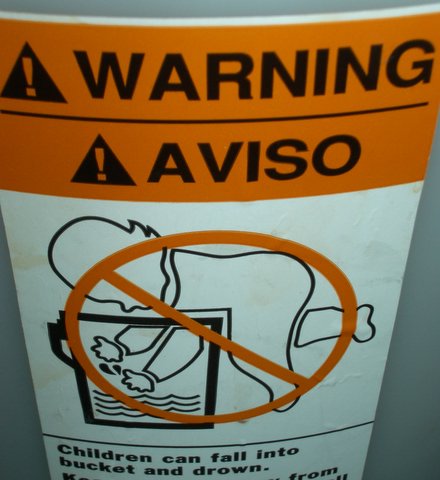Drowning primary prevention
Jump to navigation
Jump to search
|
Drowning Microchapters |
|
Diagnosis |
|---|
|
Treatment |
|
Case Studies |
|
Drowning primary prevention On the Web |
|
American Roentgen Ray Society Images of Drowning primary prevention |
|
Risk calculators and risk factors for Drowning primary prevention |
Editor-In-Chief: C. Michael Gibson, M.S., M.D. [1]
Primary Prevention

The reduction of drowning through education and basic prevention steps, has become a necessity. Training information can be found through the following organizations Star Fish Aquatics, Jeff Ellis and Associates, through the local chapter of then American Red Cross and many other local organizations.
Training Emphasises to Help Prevent Drowning
- Learn to swim
- Basic water rescue.
- Keep a watch out for others.
- Swim in areas where adequate supervision is present ie a trained and certified Lifeguard.
Common Sense Around the Water to Help Prevent Drowning
- Ensure that boats are reliable, properly loaded and that functional emergency equipment is onboard.
- Wear a properly fitting lifejacket while enjoying water sports such as sailing, surfing or canoeing.
- Pay attention to the weather, tides and water conditions, especially currents. Currents always look weaker from the outside!
- Have a locked fence around swimming pools.
- Consider cold-acclimatisation training for swimming in very cold water.
Emphasis may be Needed in these Areas to Help Prevent Drowning
- Keep children under a watchful eye
- Diving into an unknown depth and or bottom countour area
- Swimming alone
- Swimming at night
- Swimming while under the influence of drugs and or alcohol.
- Using hyperventilation to extend a breath-hold dive, see deep and shallow water blackout
- Relying on swimming aids as they may fail.
- Playing games that will put your life, or others', at risk.
- Diving into water where the bottom cannot clearly be seen or depth determined.
- Walking on ice unless it is known absolutely that the ice is thick enough over the entire route.
- Be aware of your personal limits.
- Swimming in cold water unless first, fully cold-acclimatised and experienced winter swimmer.